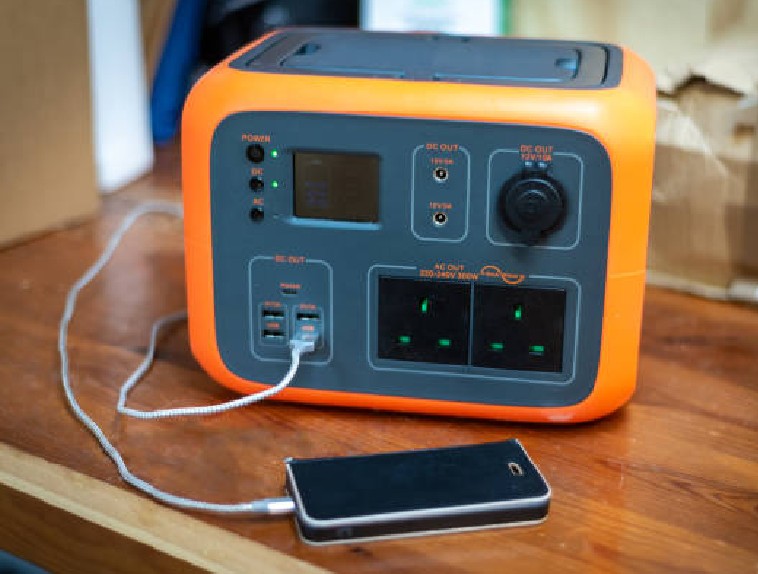Question
With the advent of cloud computing, there seems to be a lot of modular data centers popping up. Does UL certify (List) modular or containerized data centers that are typically housed in an enclosure like a shipping container and are filled with computer servers?
Answer
Recently, UL certified (Listed) its first modular data center. UL certifies (Lists) these products under the product category Modular Data Centers (PQVA) located online at www.ul.com/database (enter PQVA at the category code search field). This category covers modular data centers (MDCs) that are self-contained assemblies of information technology equipment (ITE) installed within prefabricated enclosures. MDCs may utilize integral support equipment such as power distribution units, HVAC equipment, standby power, illumination and others required for operating the ITE. In some cases, this support equipment may be housed in its own separate enclosure and certified as part of the MDC system. Modular data centers, as covered under this category, are sometimes referred to as “containerized data centers.”
MDCs are composed of an enclosure, all equipment and components located within an enclosure, and all components mounted to the enclosure walls. An MDC may permit temporary entry of authorized personnel for service, maintenance and upgrading of the ITE and associated support equipment. MDCs are not intended to be used as an occupied space (as in an office) for personnel.
MDCs are investigated as complete equipment including all subassemblies, power distribution, cabling, cooling system components, lighting and the like, installed within an enclosure. Consideration has also been given to emergency egress and working space around equipment. MDCs are not investigated as an ITE room as described in ANSI/NFPA 75, Protection of Electronic Computer/Data Processing Equipment, and Article 645 of the National Electrical Code (NEC). The PQVA category does not cover preconfigured ITE rooms that are shipped as individual pieces of equipment or subassemblies and later assembled on site.
Information concerning field-wiring connections, mounting location, site preparation, installation clearances, etc., is marked on the MDC and/or is provided in detailed installation instructions accompanying each MDC.
Working space within an MDC is evaluated as part of the equipment investigation. Access and working space around electrical equipment accessible from the outside of the MDC (such as an outward-facing panelboard or field-wiring compartment) must comply with the applicable requirements in NEC 110.26 after installation is complete.
MDCs often require special installation, such as a separate transformer, special grounding methods, motor-generator equipment, external chillers, etc. Such features, if required, are covered in a manufacturer’s installation instructions.
MDC systems consisting of the main MDC enclosure housing the ITE and one or more accessory enclosures for power, cooling, etc., are investigated as a system and are identified as such in the individual certifications. The relationship and interconnections between the parts of the system are clearly identified in a manufacturer’s installation instructions. Interconnecting power, signaling, and communications wire and cable not investigated as part of an MDC system is intended to be installed in accordance with the applicable provisions of the NEC. The accessory equipment is marked with a reference to, and the identification of, the equipment with which it is intended to be used.
The proper method of electrical installation (number of branch circuits, control wiring connections, etc.) is shown on the wiring diagram and/or marking attached to the equipment.
The basic requirements used to investigate products in this category are contained in UL Subject 2755, “Outline of Investigation for Modular Data Centers.”
New Article 646, titled Modular Data Centers has been proposed for the 2014 NEC. It was accepted in principle in the NEC Report on Proposals (ROP) and included in the proposed draft of the 2014 NEC.
Question
Does UL provide certification for qualified electricians interested in installing photovoltaic (PV) systems?
Answer
Yes. Recently, UL and the International Brotherhood of Electrical Workers (IBEW), announced an agreement to begin offering UL’s photovoltaic (PV) installer certification to IBEW members and the National Electrical Contractors Association (NECA). The collaboration will provide members access to a nationally recognized UL credential, enable them to broaden their skills in an increasingly competitive labor market and improve market access to licensed, qualified electricians for safer PV installations.
UL’s PV installer certification and training program, established in 2010, was designed to meet and exceed existing industry requirements through a working cooperation with stakeholders, nongovernmental organizations (NGOs) and professional associations. By making the certification exam available to more than 675,000 IBEW members and 119 local NECA chapters, UL builds on that commitment and helps improve the safety and performance of PV systems through a more qualified workforce. Unlike other programs, UL only certifies qualified professionals, including licensed electricians or final year apprentices in the National Joint Apprenticeship and Training Committee (NJATC) PV training program.
To earn UL personnel certification, electricians completing a hands-on, classroom-based PV training program with either UL Knowledge Services or NJATC must register and sit for a formal exam assessing their knowledge. Successful exam completion earns final year apprentices status as UL certified PV installers in training, while journeymen are named UL certified PV installers.
For more information or to register for the exam, visit www.njatc.org/cert/pv/about.aspx.
For more information on PV installer training by UL Knowledge Services visit http://lms.ulknowledgeservices.com/certification










Find Us on Socials